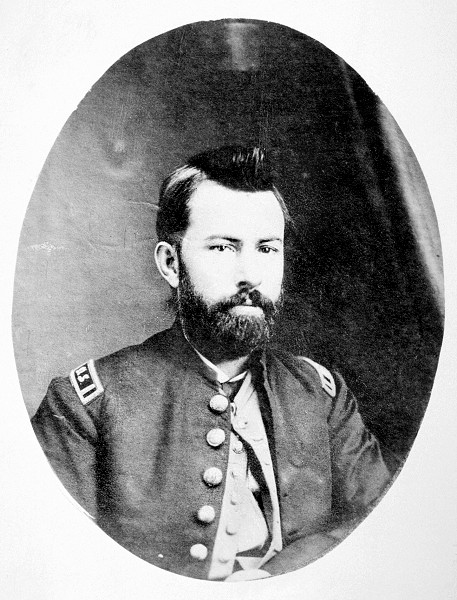- Edward Palmer (botanist)
Infobox_Scientist
name = Edward Palmer

image_width = 175px
caption = Kansas City, 1864
birth_date = 1829
birth_place =England
death_date = 1911
death_place =
residence =
citizenship =
nationality = English
ethnicity =
field =Botany
work_institution =U.S. Department of Agriculture | doctoral_advisor =
doctoral_students =
known_for =
author_abbreviation_bot =
author_abbreviation_zoo =
prizes =
religion =
footnotes = :"For other people named Edward Palmer, seeEdward Palmer (disambiguation) "Edward Palmer (1829 - 1911) was a self-taught Britishbotanist and early Americanarchaeologist .Born in
England , he spent most of his life in theUnited States , where he was employed by theU.S. Department of Agriculture as a botanist. He led an expedition in 1891 exploring the flora and fauna ofCalifornia and particularlyDeath Valley . He also collected specimens inMexico andSouth America and had about 200 species and one genus ("Palmerella ") of plants named after him. The standard botanical author abbreviation Palmer is applied tospecies he described.Though primarily a Botanist, Edward Palmer also contributed to early American archaeology. Between 1882 and 1884, Palmer worked as a field assistant for the
Bureau of American Ethnology Mound Exploration Division. The purpose of this expedition was to conduct an extensive survey of Indian mounds in the eastern United States. While most of Palmer’s archaeological research was performed in Arkansas, he also excavated mounds in Alabama, Louisiana, Mississippi, Tennessee, and Georgia.While in Georgia, Palmer investigated the
Kolomoki Mound site in Early County. Though he excavated many of the mounds at Kolomoki, he is said to have discovered nothing worth cataloguing. He did, however, examine many “house sites” and found a number of ash deposits and fragments of pottery.In 1894, the
Mound Exploration Division final report, written by its directorCyrus Thomas , was published and dispelled the racist theories that the mounds of the southeastern United States had been built by a “lost race of Mound-Builders.” The report cited ample evidence that the mounds were built by the ancestors of historical Native tribes. After the Mound Exploration project was completed, Palmer returned to botany and natural history and worked in Washington, D.C until his death on April 10, 1911.Further reading
* Williams, Stephen, ed. "The Waring Papers". Athens: University of Georgia Press, 1967.
External links
* [http://www.huh.harvard.edu/libraries/archives/PALMER.html Harvard University's Gray Herbarium on its collection of Edward Palmer's papers]
* [http://www.calflora.net/botanicalnames/pageP.html CalFlora.net entry on Palmer]
* [http://www.encyclopediaofarkansas.net/encyclopedia/entry-detail.aspx?entryID=575 Edward Palmer (1830?â1911) - Encyclopedia of Arkansas ] at www.encyclopediaofarkansas.net
* [http://www.encyclopediaofarkansas.net/encyclopedia/entry-detail.aspx?entryID=575 Edward Palmer (1830?â1911) - Encyclopedia of Arkansas ] at www.encyclopediaofarkansas.net -Persondata
NAME= Palmer, Edward
ALTERNATIVE NAMES=
SHORT DESCRIPTION= English botanist
DATE OF BIRTH= 1829
PLACE OF BIRTH=England
DATE OF DEATH= 1911
PLACE OF DEATH=
Wikimedia Foundation. 2010.
